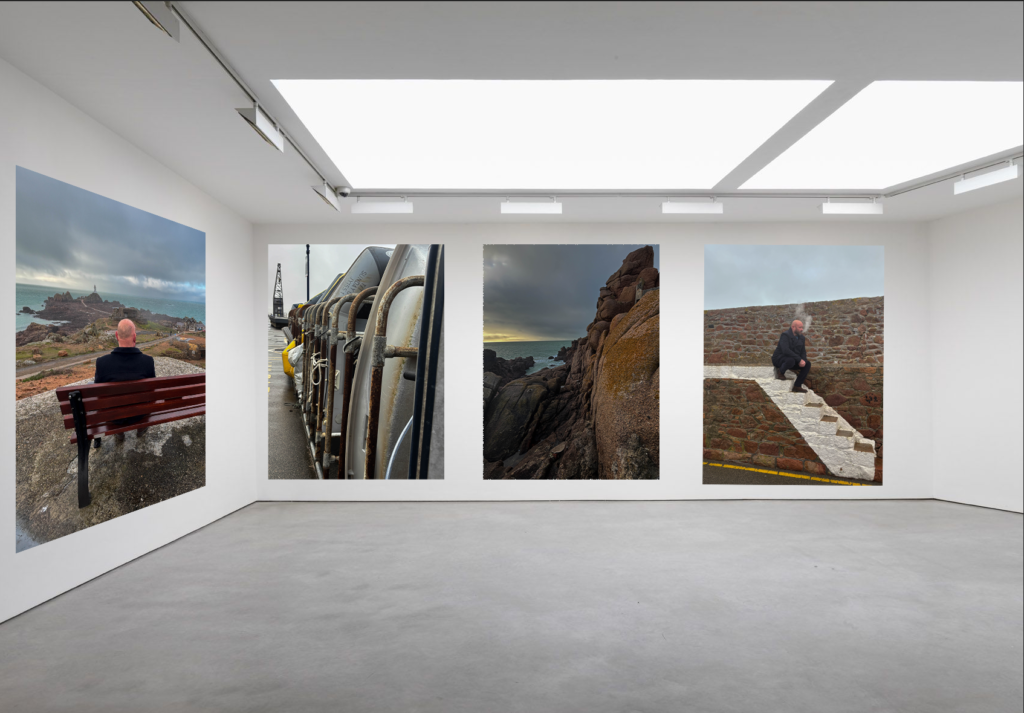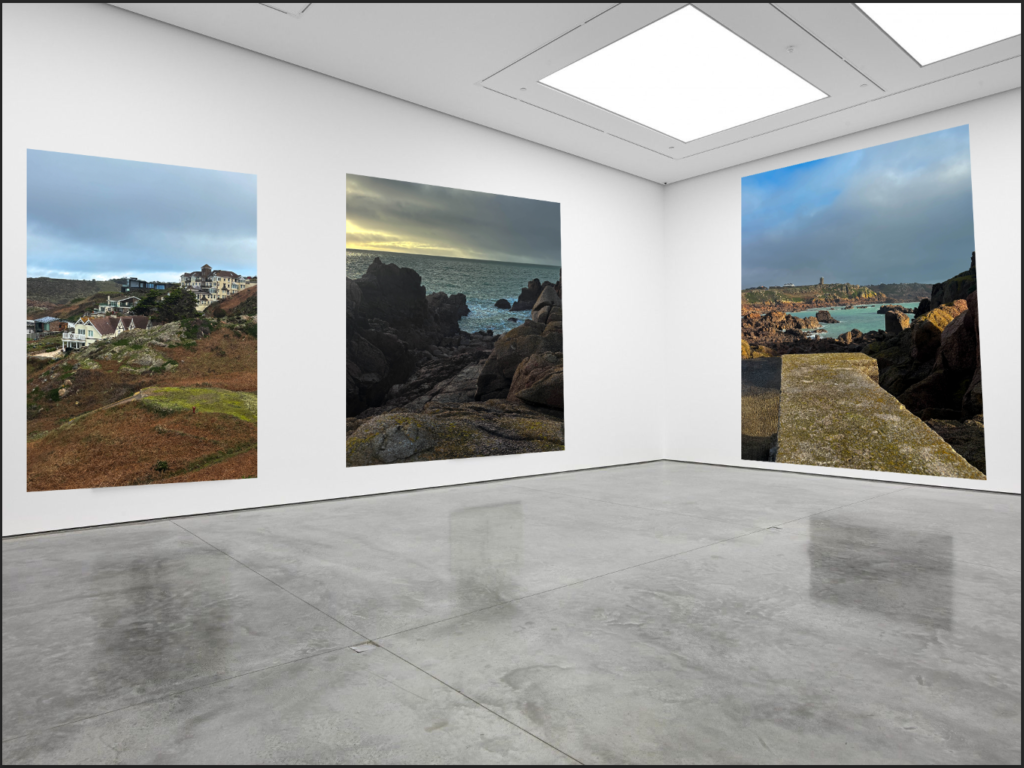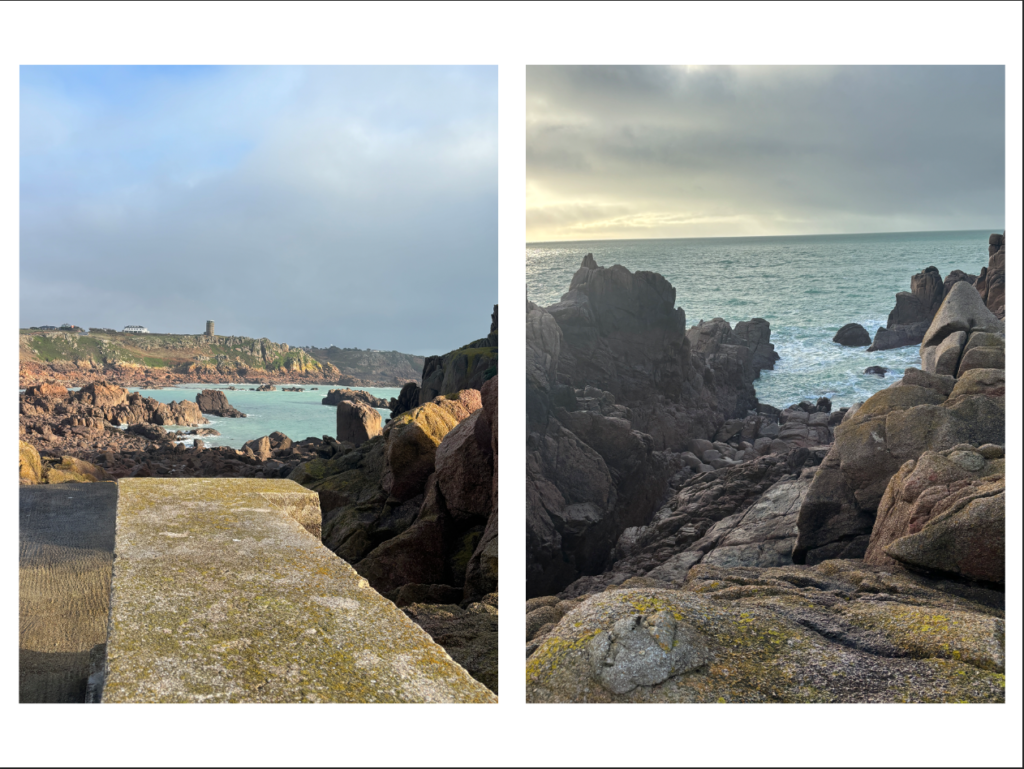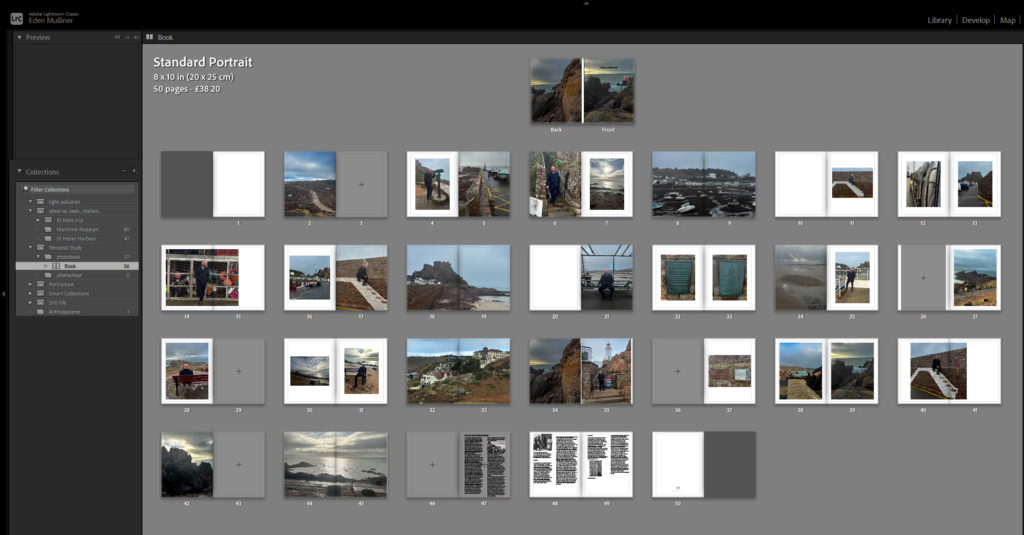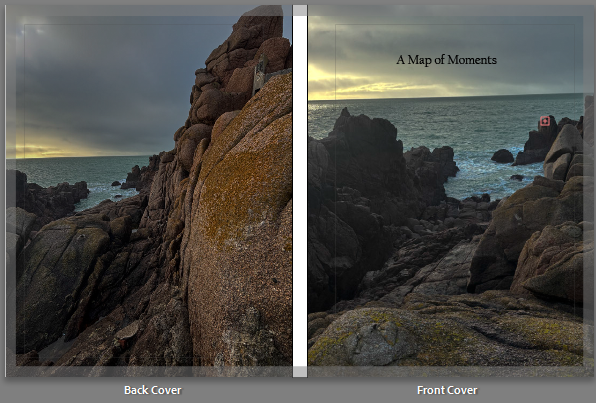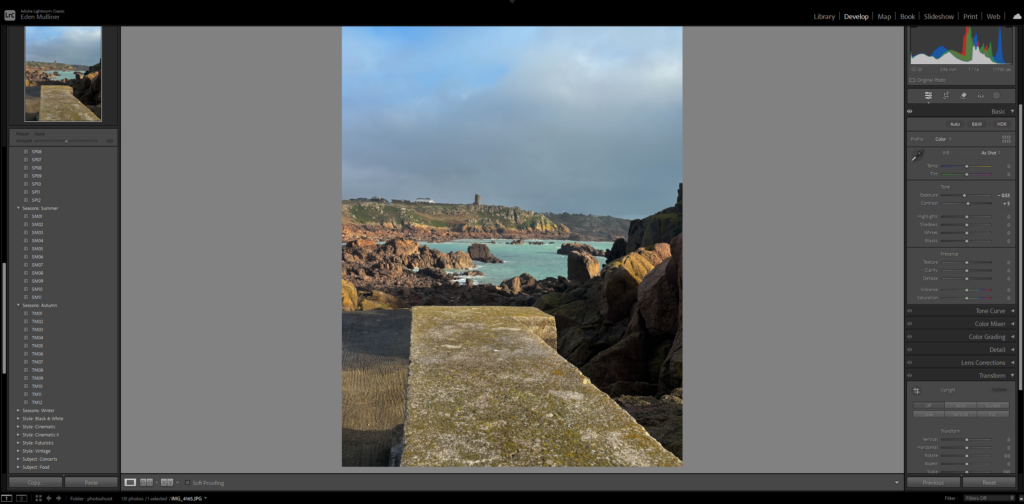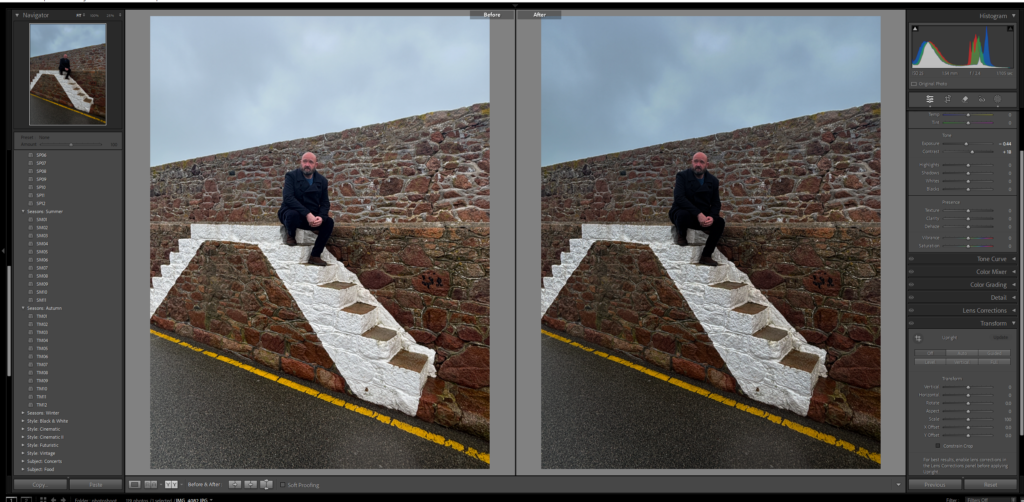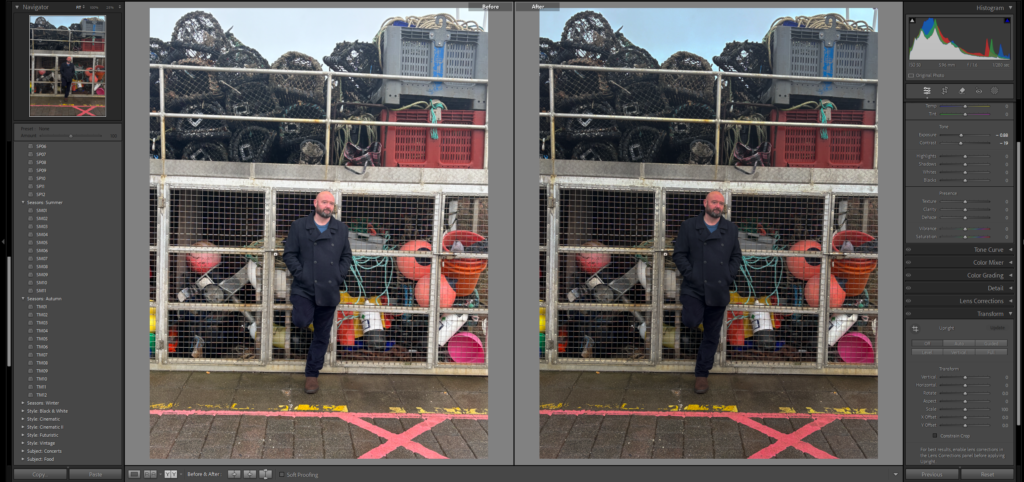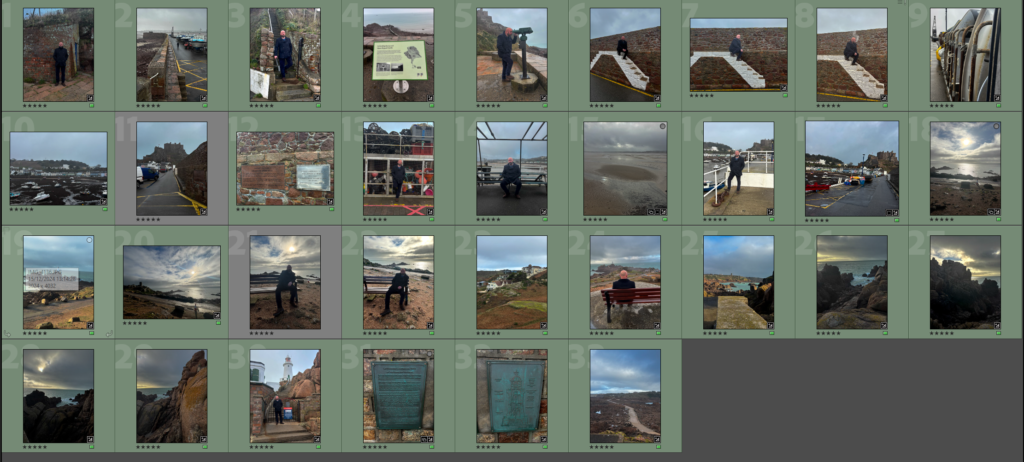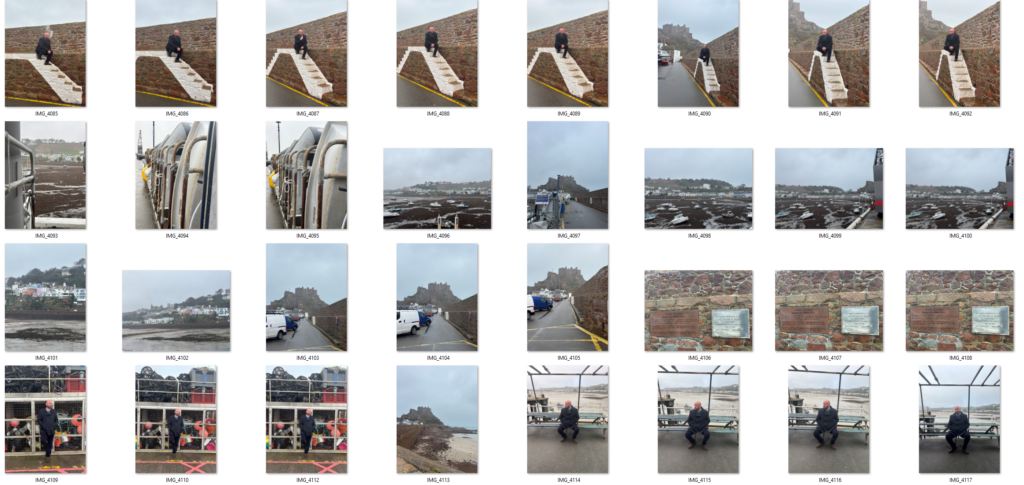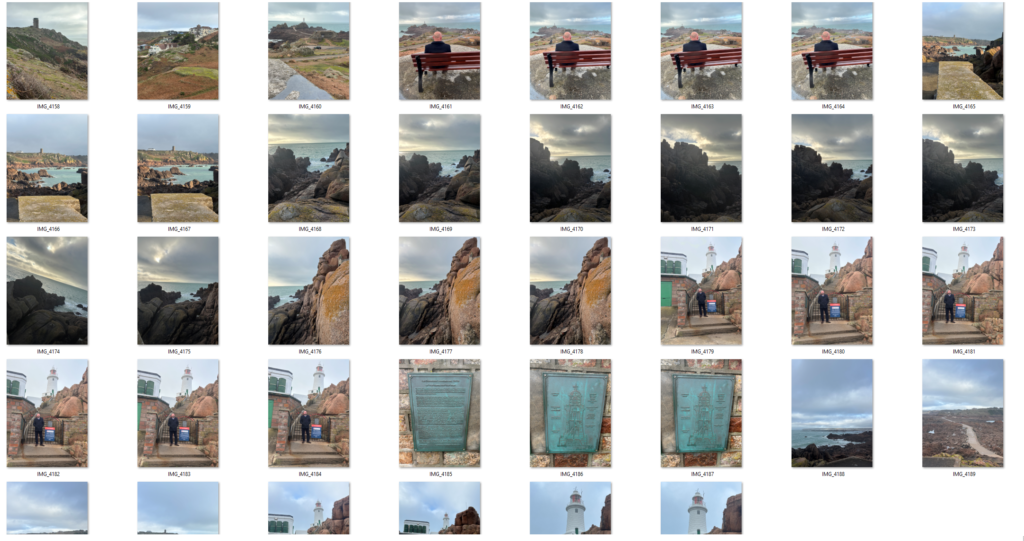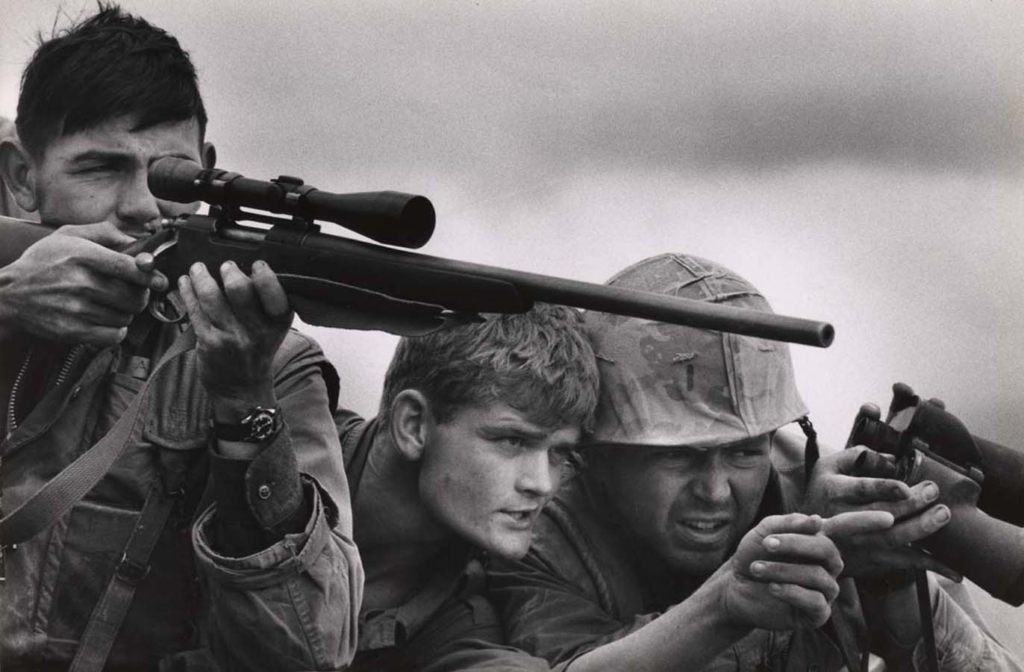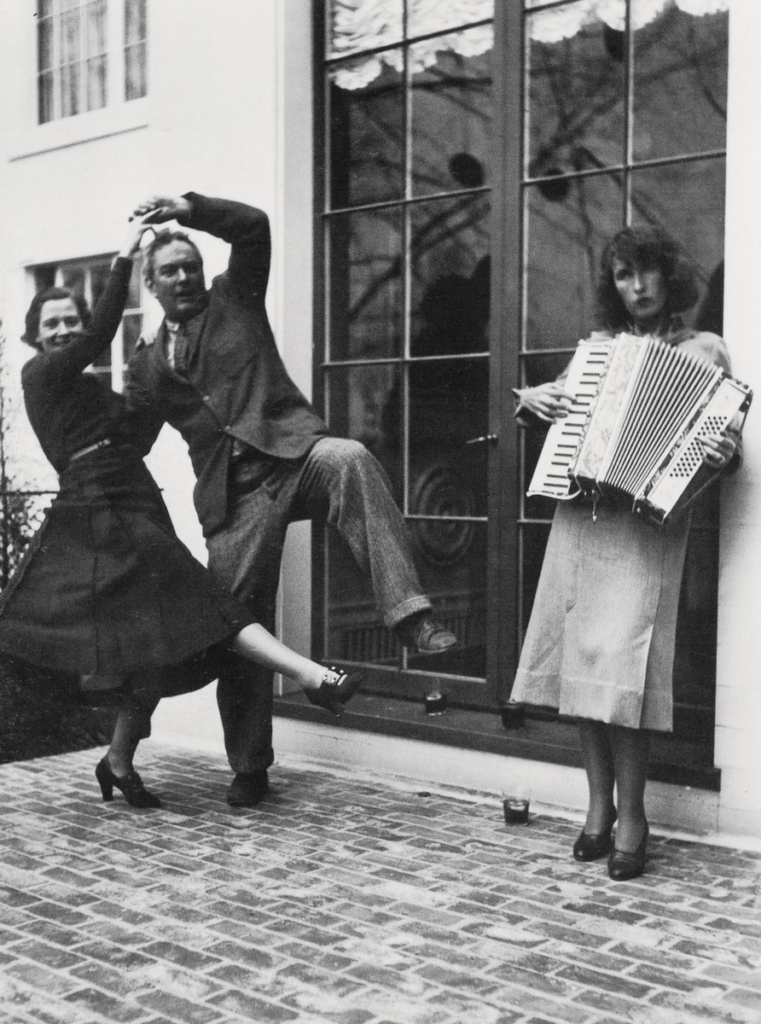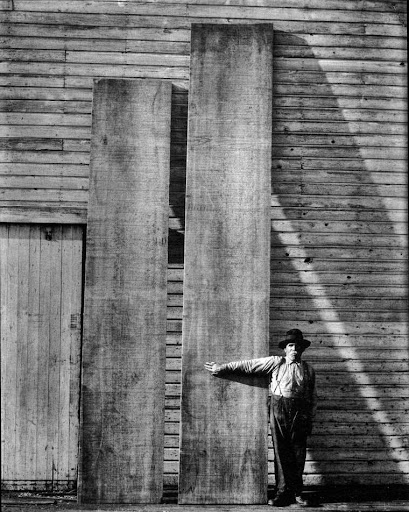Mark Power Mood Board
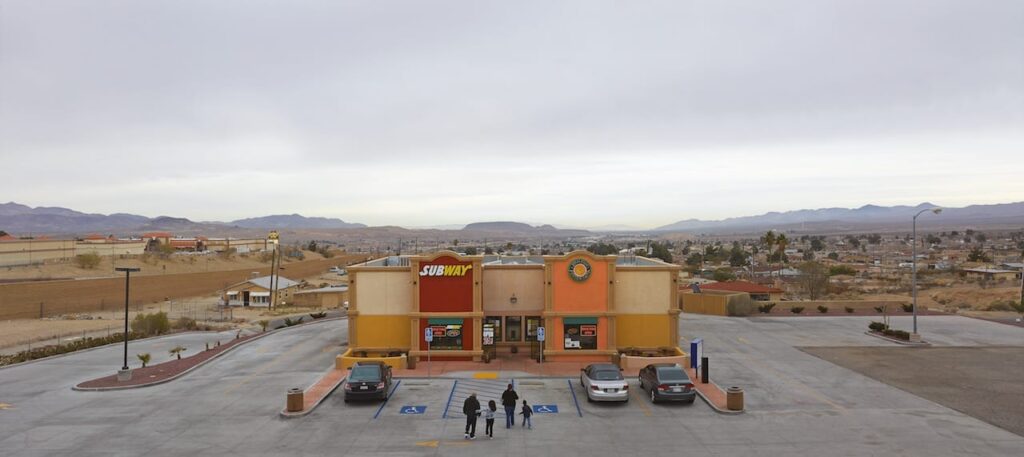

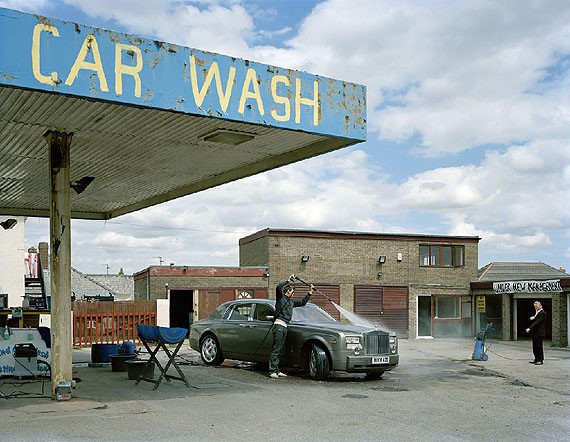
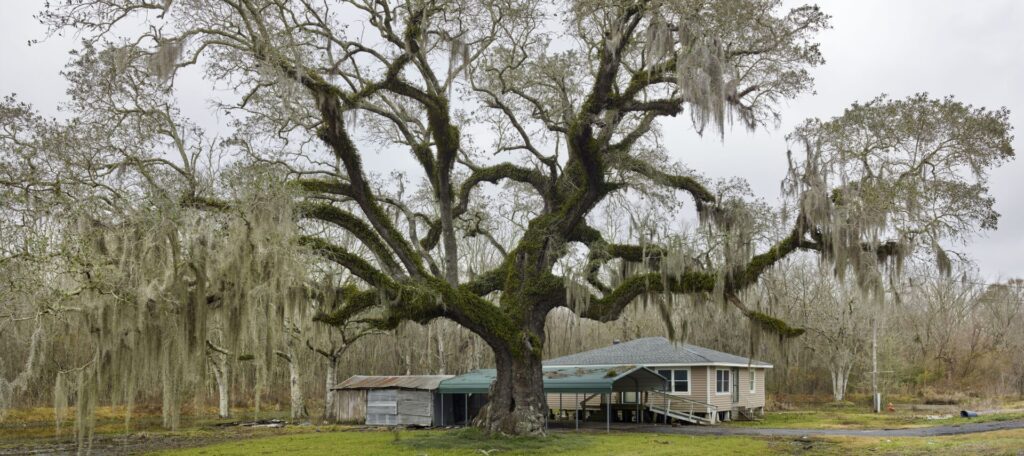
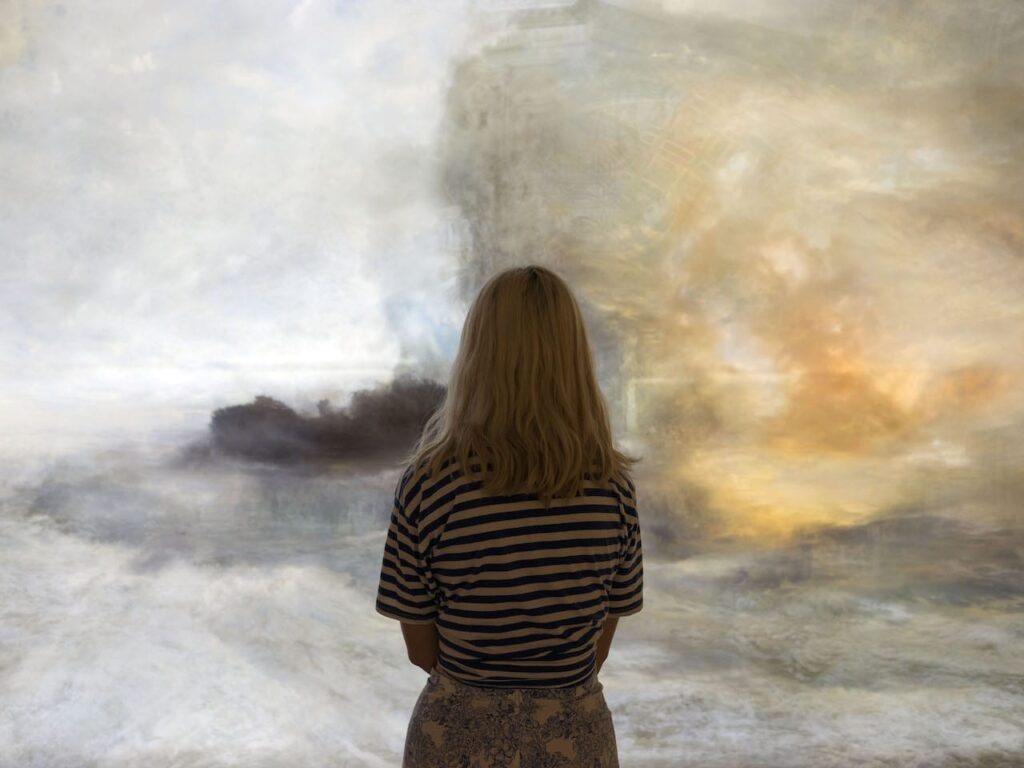

Photoshoot Plan
I’m going to take images of flowers up close and then trees from far away. In photoshop I’m going to change the images to black and white and increase the whites in the images to make them appear very clean, pure and positive compared to the dark blacks in the images which makes them come across as very dull and negative.
Overview on Mark Powers Photography
Mark Power is a documentary photographer and he captures unexpected things on camera and unusual places that might
What kind of photography does Mark Power do?
He made Urban Landscapes and was a documentary photographer. His technical methods changed and he began to use colour film and a large format camera.
What inspired Mark Power?
As a child Mark Power discovered his fathers home made enlarger in the family attic, consisting of an upturned flowerpot, a domestic lightbulb and a simple camera lens. It was at this moment where Mark Forbes discovered his love for photography. However after he went to art college to study life drawing and painting. He was also influenced by documentary photographers such as Walker Evans.
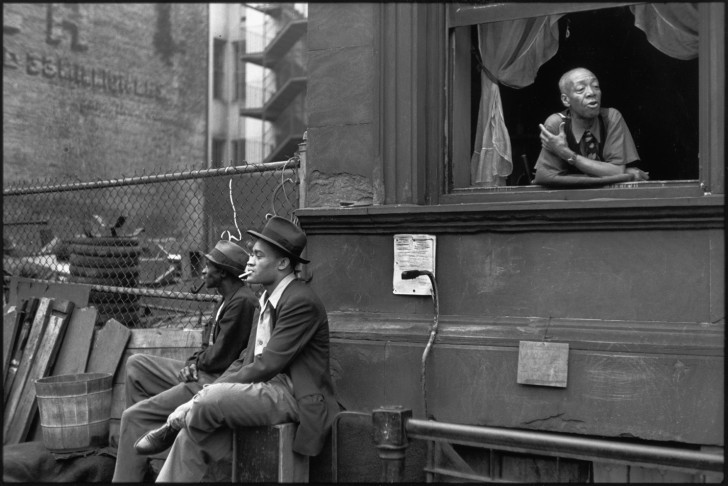
Images like this influenced Mark Power because Walker Evans takes images in unexpected moments but they are almost set up to look a certain way this shows the similarities between Mark Power and Walker Evans style of photography.
Mark Power Image Analysis
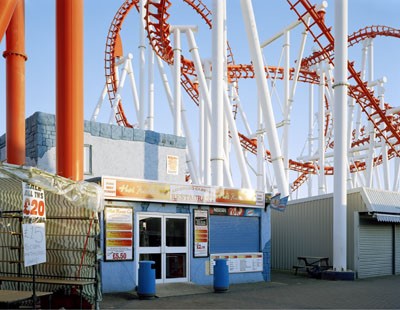
The lighting in this image is very bright and vibrant and there is a lot of white in this image which suggests that this is a happy place or memory for someone. The tone of this photo is very light but there is a contrast between the light where there is the shadow at the bottom of the image. The meaning of this image is to show a Landscape image that had significance to Mark Power.
What kind of photos did Mark Power take for his projects?

Mark Power took documentary style images and also took landscape photography. In some of his images he does have a person in the image, which may show significance like that it was an important place for the person in the image.
What was Mark Power’s photography for?
Mark Power took documentary style images and also took landscape photography. In some of his images he does have a person in the image, which may show significance like that it was an important place for the person in the image.
What were the other options on Mark Powers photography?
The Magnum speaks on The Shipping Forecast by Mark Power and says that “nothing now holds the place that the Shipping Forecast did throughout the 20th century”, suggesting that it was a timeless piece of work in the 20th century and that no other artist has lived up to Mark Powers project on the the different radio stations across Europe. “It’s a beautiful, poetic language,” Power says. Now 63, the Magnum photographer first remembers listening to the forecast growing up on a housing estate in Leicester. The soundscapes had a lasting impact on Power which influenced him to create this project and take images that he was fascinated by. The British Journal of Photography says “The book doesn’t take us any closer to an understanding of the forecast, or any sea area. But it is nostalgic and unashamedly romantic” this suggests that the meaning behind the images is deeper than what the image portrays.

